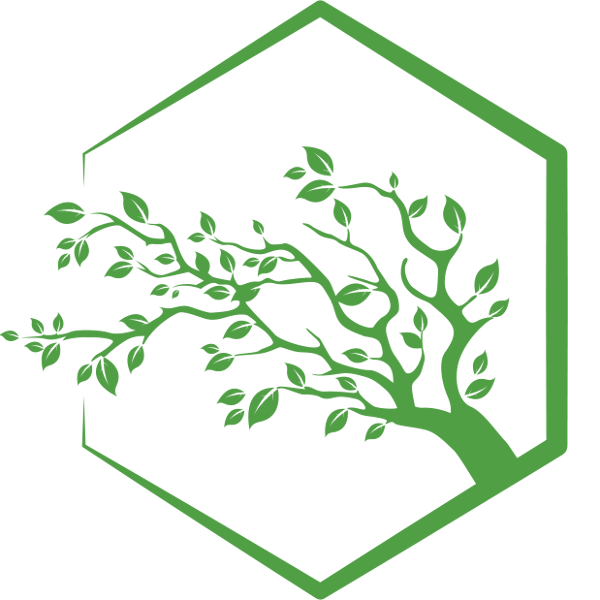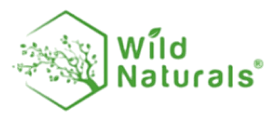
Rosacea is a unique skin condition and it can be very tricky to deal with if you’re unsure you actually have it or not. Do you just have a red skin undertone? Do you just have sensitivity to certain skincare ingredients? Are they from your diet? Allergies? Knowing where you and cannot develop rosacea will give you the ability to overcome it and treat it properly – plus, knowing the best way to handle rosacea skin types will become a breeze after that!
Let’s dive in and find out.
All The Rosacea Skin Types
What does rosacea actually look like? Per the American Academy of Dermatology, rosacea is an inflammatory skin condition and appears as flushed or redness on the face. The main form of rosacea is facial, although many believe that the arms and legs are actually the focal area of where rosacea can develop. Rosacea is even often mistaken for acne, as it progresses from redness into tiny red bumps that mimic the look of acne without the whiteheads.
This skin condition has been known to spread to different upper areas of the body, from the forehead, chin, ears, chest, to even the back. However, most people are unaware of the four sub-types of rosacea, which can help clear up this matter and resolve any confusion. It should be noted that these types still do not form on the arms or legs.
For odd skin formations, redness, patches, bumps, or other equivalent developments on your arms, legs, or stomach, the possibilities for them would be eczema, psoriasis, or another skin condition. They would not be rosacea.
Let’s take a look at the four subtypes of rosacea:
- Flushing, redness, and visible blood vessels on the cheeks and nose.
- Red bumps, acne-like breakouts, and swelling.
- Thickening skin with a bumpy texture, normally forming on the nose.
- Swollen, red, and gritty-texture on the eyes.
The common symptoms of rosacea rash that are associated with these various subtypes are:
- Redness and flushing on the cheeks
- Small, broken blood vessels forming under the skin
- Burning, tingling sensation on the face
- Mild skin swelling
- Redness associated with bumps that remain on the skin
- Inflames eyes or eyelids
- Swollen, bumpy nose (typically affecting men)
- Thicker grown skin
- Skin flushing triggered by weather or food
Now that the most commonly sensitive areas to developing rosacea are known and laid out in detail, what is the best treatment for rosacea? This part is easy in comparison, though, most people tend to lean on drugstore brands and labels that boast rosacea treatment right on the bottle. This is where becoming enlightened on the real ingredients you’re putting in your body come into play. Because drugstore products, popular brands, and commercially hyped items need to be proceeded with caution! Why? Those ingredients will probably do more harm than good. They are filled with preservatives, chemicals, mineral oil, petroleum, SLS, and more. All of these have long-term side effects that would make you shudder in horror. Educating yourself on what the ingredients on the back of a product label means is crucial to your skin’s health. The more you know, the better your skin will turn out!
So, the most important aspect of treating rosacea is knowing the right products to buy for it.
Choosing the first lotion or cream with the word rosacea on it is the lazy way, and is not going to help you reduce, manage, or take control of your rosacea. Not every ingredient in a skin care product works to the benefit of your skin problems or concerns – even if it promotes that it does! For treating rosacea and other severe skin conditions without the harmful ingredients or cheap additives, there’s no better skin care line than Wild Naturals.
Wild Naturals Rosacea Treatment
At Wild Naturals, clean ingredients and beneficial skin care goes hand in hand with each product. Not only are natural and organic ingredients formulated as the stars of each product, but they’re also pH balanced and contain zero parabens, mineral oil, petroleum, fragrances, phthalates, or PEGs!
For the right solution to treat rosacea, look no further than Wild Naturals Manuka Honey Face Cream. Manuka honey is a powerful anti-inflammatory, hydrator, bacteria killer, and anti-aging ingredient that Wild Naturals utilizes in each of our best-selling products. Because of its multi-dimensional properties, manuka honey has been known to heal scars, acne, eczema and psoriasis patches, inflammation, and help reduce fine lines and wrinkles!
Combined with the highly beneficial ingredients of aloe vera, shea butter, hemp seed oil, coconut oil, and more, Wild Naturals Manuka Honey Cream has everything your skin needs to repair, nourish, and soothe problematic areas while maintaining daily care. Not only does Wild Naturals have a face and body cream, a full skin care and hair care lines are also available!
Discover the power of natural skin care today with Wild Naturals. Instead of paying more for a brand name, buy for the right ingredients to treat and tend to your skin concerns! See the difference for yourself and never go back to anything but what Mother Nature offers us, that’s the Wild Naturals way.


